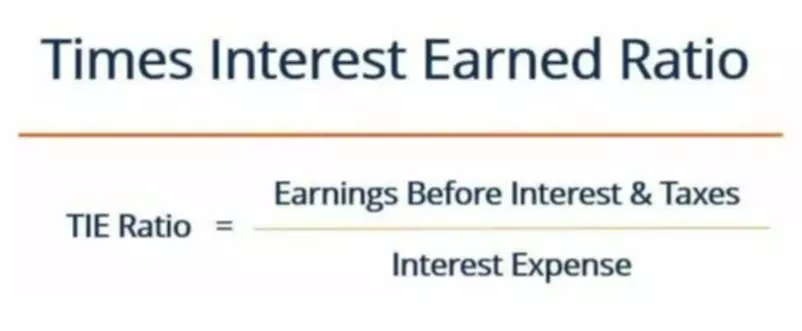Content

You will also learn how to carry out vertical analysis using both an income statement and a balance sheet. You can analyze financial statements using multiple methods, including horizontal and vertical analysis. Horizontal analysis studies changes to variables over time, using historical data to predict future trends. Vertical analysis, however, studies the proportions of the total amount represented by the different variables during a single period. This type of analysis can be used to identify trends and areas of improvement on a company’s financial statements.
- For example, in 2012, Current Assets are 36% of Total Assets for that year; whereas, in 2014, Current Assets are 56% of Total Assets.
- Likewise, a large change in dollar amount might result in only a small percentage change which will not cause concern for the business owner.
- Common-size analysis is also an effective way of comparing two companies with different levels of revenues and assets.
- You can also use vertical analysis to compare different companies in the same industry.
- For example, an Assets to Sales ratio is a measure of a firm’s productive use of Assets.
- This type of analysis can be used to identify trends and areas of improvement on a company’s financial statements.
They can then use this information to make business decisions such as preparing the budget, cutting costs, increasing revenues, or investments in property plant or equipment. This means Mistborn Trading saw an increase of $20,000 in revenue in the current year as compared to the prior year, which was a 20% increase. The same dollar change and percentage change calculations would be used for the income statement line items as well as the balance sheet line https://www.bookstime.com/ items. The figure below shows the complete horizontal analysis of the income statement and balance sheet for Mistborn Trading. Vertical analysis uses percentages in its analysis, restating either income statement or balance sheet items as a percentage. For example, if you’re using vertical analysis with a balance sheet to analyze your assets, your base amount would be your total assets, with each individual item given a percentage in the next column.
Connect live QuickBooks reports to Google Sheets
While performing a vertical analysis, every line item on a financial statement is entered as a percentage of another item. For example, on an income statement, every line item is stated in terms of the percentage of gross sales. Vertical analysis is the proportional analysis of a financial statement, where each line item on a financial statement is listed as a percentage of another item. This means that every line item on an income statement is stated as a percentage of gross sales, while every line item on a balance sheet is stated as a percentage of total assets. The primary disadvantage of vertical analysis is that it does not provide an absolute measure of performance. By expressing each item relative to the base figure, vertical analysis does not provide an accurate indication of absolute performance levels.
For example, on an income statement, the value of each revenue stream is a separate line item, which contributes to the total revenue. An example of vertical analysis would be if you took a company’s total revenue and divided it by the number of products they sell. This would give you an idea of how much each product contributes to the company’s overall revenue. To complete a vertical analysis for your balance sheet, you’ll need to perform this calculation for each line item that is currently listed on your balance sheet.
Horizontal Company Financial Statement Analysis
We’ve now completed our vertical analysis for our company’s income statement and will move on to the balance sheet. So if we had multiple years of historical data, it is recommended to organize the percentage calculations into a single section on the far right or below the financials with the timing of the periods aligned. Again, keep in mind that these examples only become an issue if they occur consistently over several accounting periods, which is why it’s so important to perform vertical analysis regularly.

This could be useful in identifying areas where a company may be over- or under-invested. Management sets a base amount or benchmark goal to judge the success of the business. The base amount is usually taken from an aggregated from the same year’s financial statements. The common-size percentage formula is calculated by dividing the analyzed item by the base amount of benchmark and multiplying it by 100.
Vertical Analysis
For instance, if a most recent year amount was three times as large as the base year, the most recent year will be presented as 300. If the previous year’s amount was twice the amount of the base year, it will be presented as 200. https://www.bookstime.com/articles/vertical-analysis Seeing the horizontal analysis of every item allows you to more easily see the trends. It will be easy to detect that over the years the cost of goods sold has been increasing at a faster pace than the company’s net sales.
How is vertical analysis used?
Vertical analysis breaks down your financial statements line-by-line to give you a clear picture of the day-to-day activity on your company accounts. It uses a base figure for comparison and works out each transaction recorded in your books as a percentage of that figure.


